In 2018 when I traveled to the Montalvo Arts Center, California, as a month-long residency writer, I was introduced to Cassils, a well-known and highly respected performance artist. It was a Saturday, my first day, and their last weekend at Montalvo. They invited me to the performance they had choreographed for a bunch of Stanford University students as part of their residency at Montalvo and it was going to be performed at the University that evening.
Ok, so you did not read that wrong. Cassils is not plural, it is a single person. So why the they, them? It’s because Cassils feels they harbor numerous genders within themselves and at any particular time one may not know how exactly Cassils wants to be represented gender-wise. So best to use the plural – they, them, their – when you want to engage with Cassils. That’s how I was introduced to the complex gender/androgyne identities, in which the developed Western world, or rather California then, operated. Now that has spread widely and wildly across the globe. One never knows who is who, or even what.
The gold-plated Shiva image stands high over Sursagar. The popular Ardhanarishwara image of Shiva-Parvati already speaks of male-female faculties in the same human. It can be interpreted in numerous ways. Behind the Shiva image are temples and the Akkalkot Swami Chowk. Photo courtesy Dhruti.
Forget about people. What about cities and towns across the world? Rivers and mountains? Oceans and seas? Do any of these have a gender? Some do, I know. For instance, all Indian rivers are girls, except for Brahmaputra. All Indian mountain ranges appear to be boys. Most Indian languages have a clear striling and pulling for every noun (with perhaps a handful of exceptions), though Sanskrit does have a third gender -- napunsakling. Many European languages (I certainly know of French and German) go with gender; in fact, we have to remember all the nouns with their genders since that impacts the verbs as well. English doesn’t give a penny about gender except the most basic. And therein lies the problem. Since most of us speak and think in English, whether we like it or not, multiple gender options catch us off-guard, make us uncomfortable, questioning and sniggering.
As one of my gynec-doctor friends explains, there is a difference between gender and sex. The sex of a mammal is clearly marked by the actual existence of male or female genitalia. It is possible that in certain mammal infants the genitalia may be underdeveloped or there could be existence of both, generally partially (just as a birth deformity that can happen with any other part of the anatomy). This can sometimes be surgically corrected and the infant has a good chance to grow ‘normally’. The gender part is tricky, though, as it has to do majorly with emotional development, experiential growth, social interactions and so many other factors. And so, ‘gender’ is now a factor that a human, at any age, can decide for themselves.
Anyway, why am I talking about these things, suddenly on a hot summer’s day? For one thing, because just last week I was at the Navrachana University at the inauguration of a Workshop for Trainers on Gender Sensitization, not just about the male and female but also the various issues related to LGBTQ+ persons. The participating ‘trainers’ included school and college teachers, hospital staff and paramedics, project leaders from NGOs and suchlike. Never too early nor too late to initiate gender sensitization amongst everyone. A detailed Manual is being prepared—it is already in its pre-publication stage -- that would offer guidelines to trainers as they spread the word in their respective organisations over the coming months. Hopefully, this will help so many of us understand the complexities that gender has thrown up in this day and age.
The Music College or the Faculty of Performing Arts, M S University, on the banks of Sursagar. Photo courtesy Dhruti.
That week I also did a recce for a Sursagar Walk that Heritage Trust curated for the Chimnabai Udyogalaya (which also supports LGBTQ+ persons in their employment) and Our Vadodara. I was leading that Walk, along with Chandrashekhar Patil, which was held on Sunday morning to celebrate World Heritage Day which actually fell on Thursday, April 18. I must have walked/cycled/driven past Sursagar any number of times. But it was only now I realized how many buildings along the circumference of the lake were devoted to the socio-economic upliftment of females, specifically.
Maharaja Sayajirao III was one of the most travelled royalty in British India. But he did not travel merely for pleasure; he did so to understand which way the developed world was going, to spot talent that he could get back to his kingdom for the benefit of his people, to help him govern better. Around 1910, accompanied by Maharani Chimnabai II, he had visited the USA. Both were impressed by the facilities available to women to educate themselves and vocationally acquire the skills that would help them get jobs and become economically self-sufficient. Sayajirao III was aware of the vulnerable position of women who were widowed, unmarried or divorced or separated from husbands and who had no access to income of any kind nor had the skills to get themselves regular jobs or become entrepreneurs themselves. So both of them decided that on their return they would plan for a long-term project that would offer schooling education for the girls as the first step towards self-dependence.
The present day heritage premises of the Shree Maharani Chimnabai Stree Udyogalaya. Photo courtesy Bhavna Patel.
The appropriately named Maharani Girls School was established near the Akkalkot Maharaj Chowk that overlooks a comparatively quiet segment of the Sursagar. It ensured schooling for young girls from nursery to primary to higher secondary education imparted in Gujarati. (Further away from Sursagar, in Salatwada, was started the co-educational Maharani Chimnabai (MC) High School, in Marathi medium. There were several Marathi-medium primary schools run by the municipality in different parts of the town that catered to the Marathi-speaking populace of Gaekwadi Baroda; these students would be admitted in MC High School for secondary section. Today, M C High School is perhaps the only surviving Marathi medium school in all of Gujarat.)
Once the girl finished school, passing the Class XI Matriculation Exam, she had the option to join the Baroda College for under-graduate studies. And don’t be surprised, a few girls did. There was one lady scholar, Jijaba Mohite, amongst the scholar-donors (who were financially assisted by the Gaekwad government to study abroad) who donated the Clock, with numbers in Devanagri script, for the Sayaji Gunj Clock Tower across the Faculty of Science. The more modestly endowed girls had another option too -- the Female Training College that was established just between the Music College and the Lal Court. This College offered a number of professional courses for schooled girls who could then get a job. Even today, I think, it offers the PTC (Primary Teachers’ Certificate) Course that helps get them teaching jobs in village schools and municipal schools in towns and cities (B.Ed is required for secondary school teaching).
Maharani Radhikaraje Gaekwad addressing the Walkers group at the Gazra Cafe at the Udyogalaya, where the Walk ended. She explained the Udyogalaya’s inception and how she has taken the ideals forward, adapting them to contemporary times. The Walkers enjoyed a fresh breakfast of poha, kothimbir wadi, nimbu pani and chai! Photo courtesy Vidya.
Right opposite the Music College, on the opposite bank of Sursagar was established the Chimnabai Gruh Udyogalaya in 1934, its present heritage building. However, it was conceptualized much earlier and housed nearby where it ran its classes and workshops in training school-educated girls in skills such as sewing, stitching, embroidery, knitting as well as in making kitchen preserves. These girls could make these products in their own home and thus earn some money for themselves and their families. At the same time, the Udyogalaya also employed selected girl-students to help run their line of useful household consumables available through the year such pickles, sherbet concentrates, dry chutneys, a range of masalas, jams and marmalades, and sun-dried potato wafers, papad, kurdai, bhibdia, and festival-related sweets and savouries.
The Walkers enjoying a well-deserved rest on the steps of the Udyogalaya! Photo courtesy Heritage Trust.
Today, in the face of numerous educational, skill-training and vocation-based courses available in the formal and non-formal sectors, there continues to be vast numbers of young girls, especially those living in urban slums, who are yanked out of school as soon as they begin to menstruate and their families are in a desperate hurry to marry them off. Fortunately, in my small town, there are also many organisations/NGOs that have recognized this state of affairs and continue to offer these girls and young women a ray of hope in the form of training and hand-holding, in how to take control of their own lives and move ahead proactively.
The Music College. Photo courtesy Bhavna Patel.

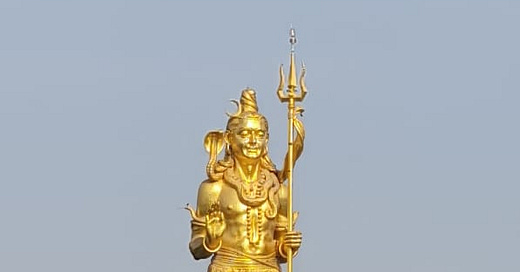



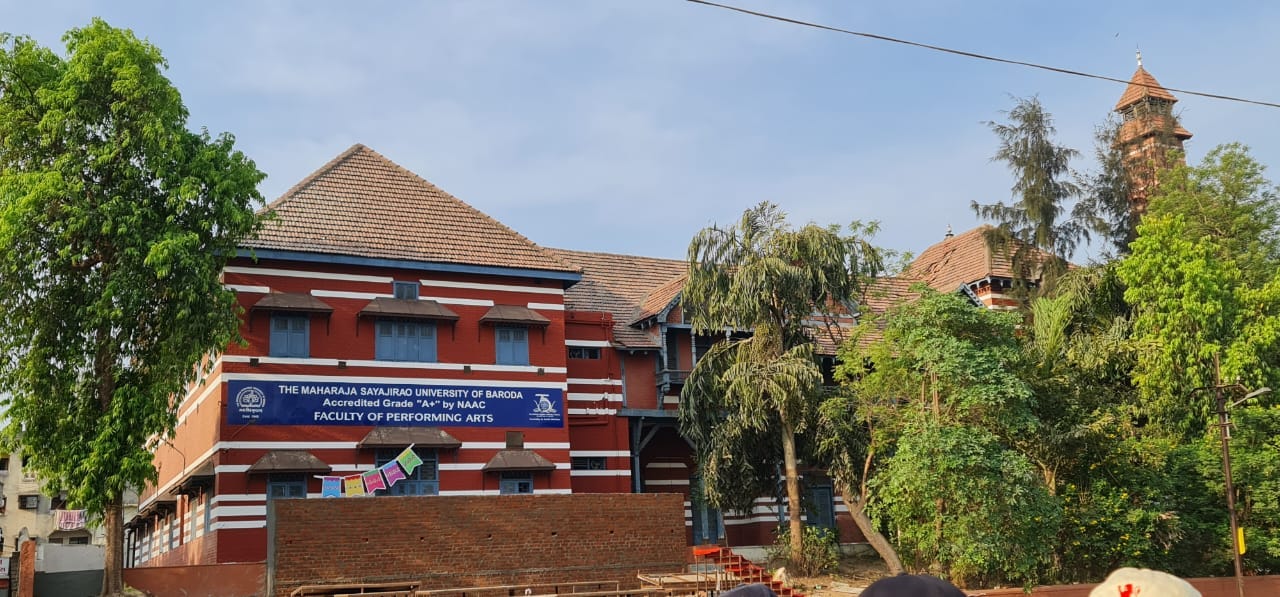
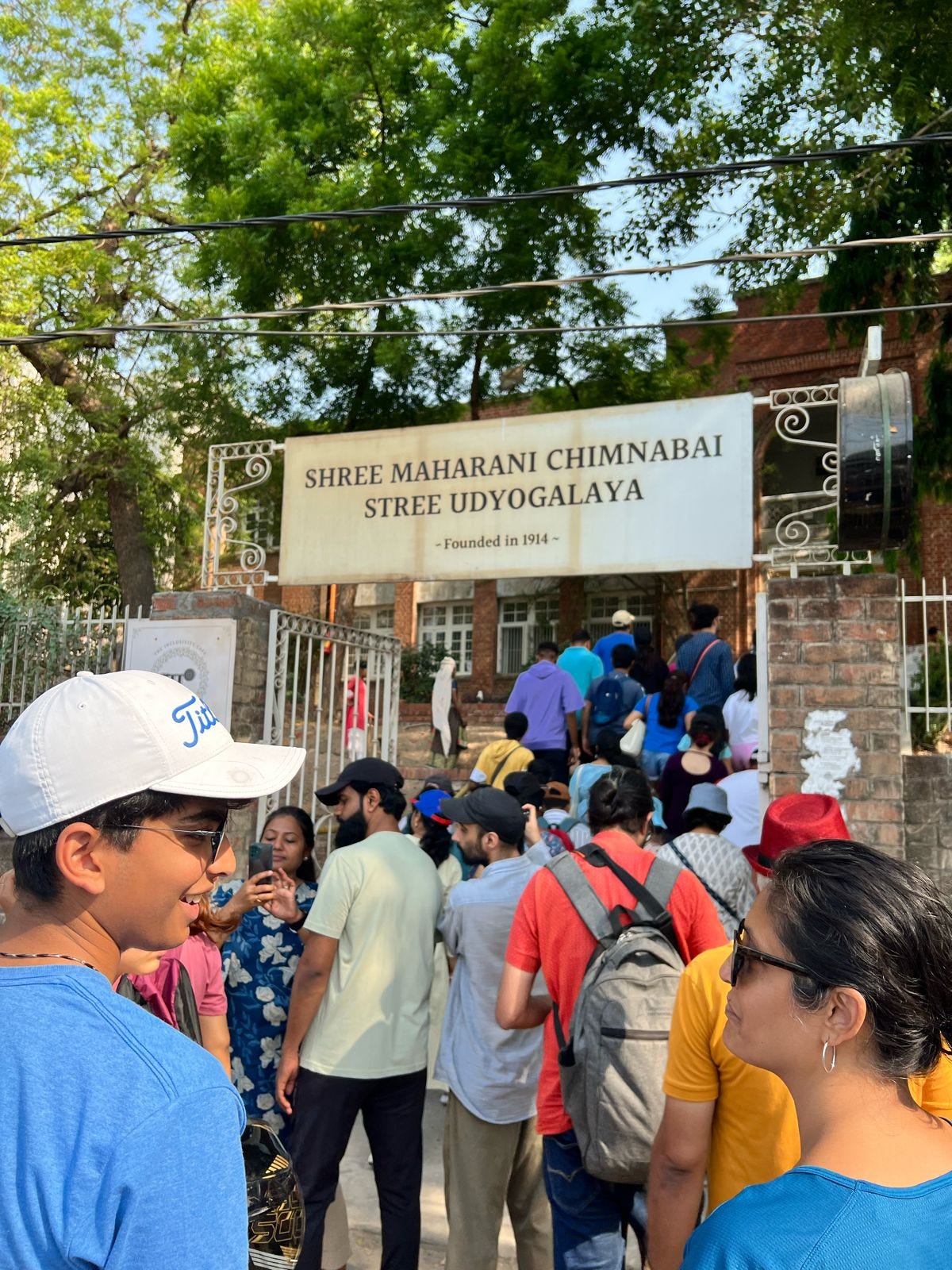
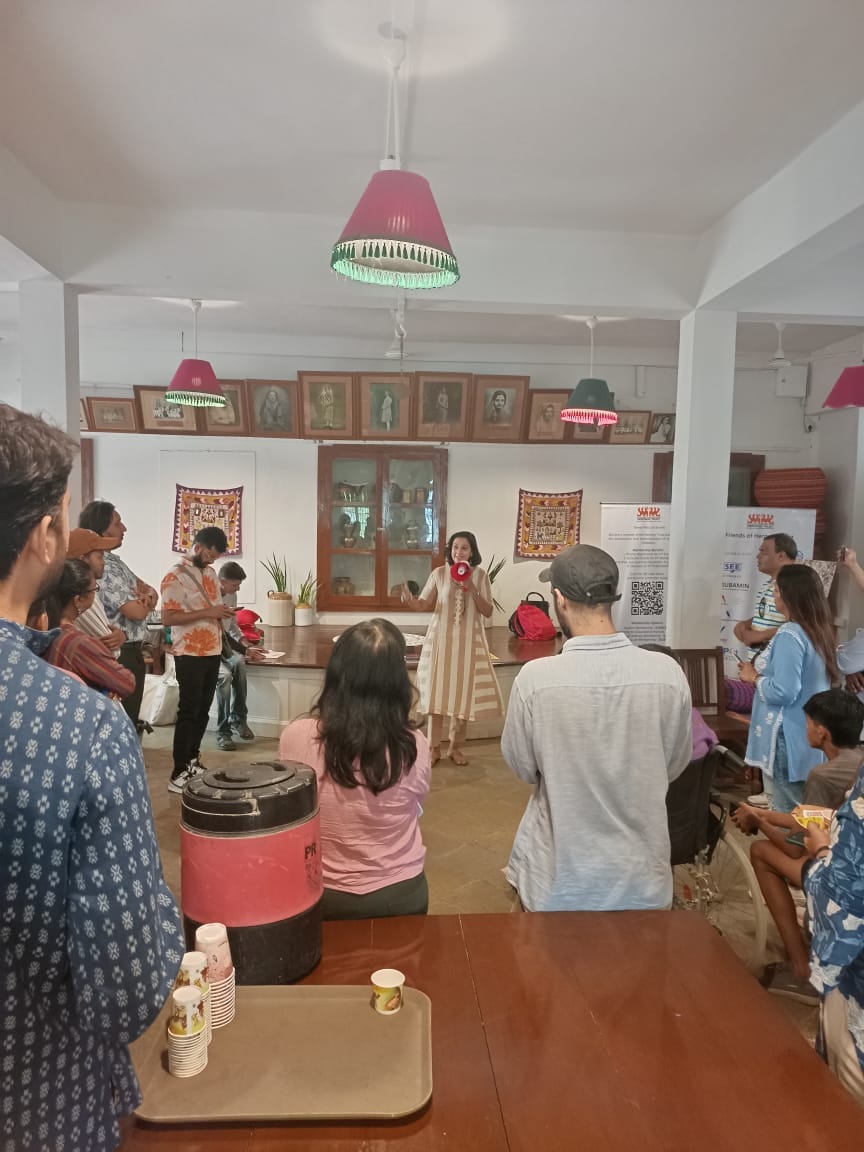
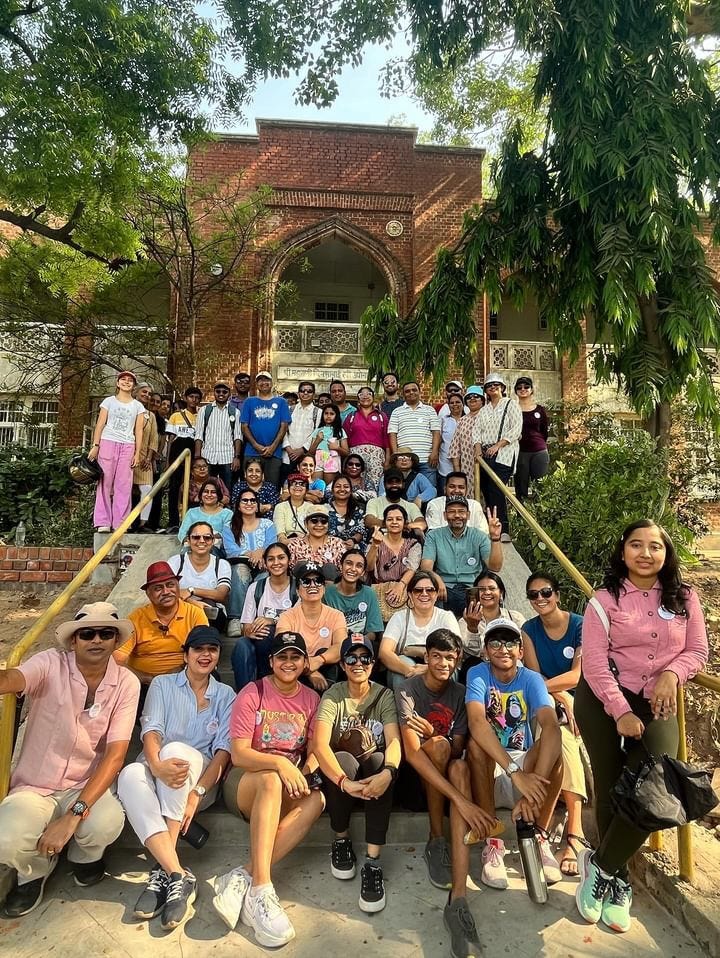
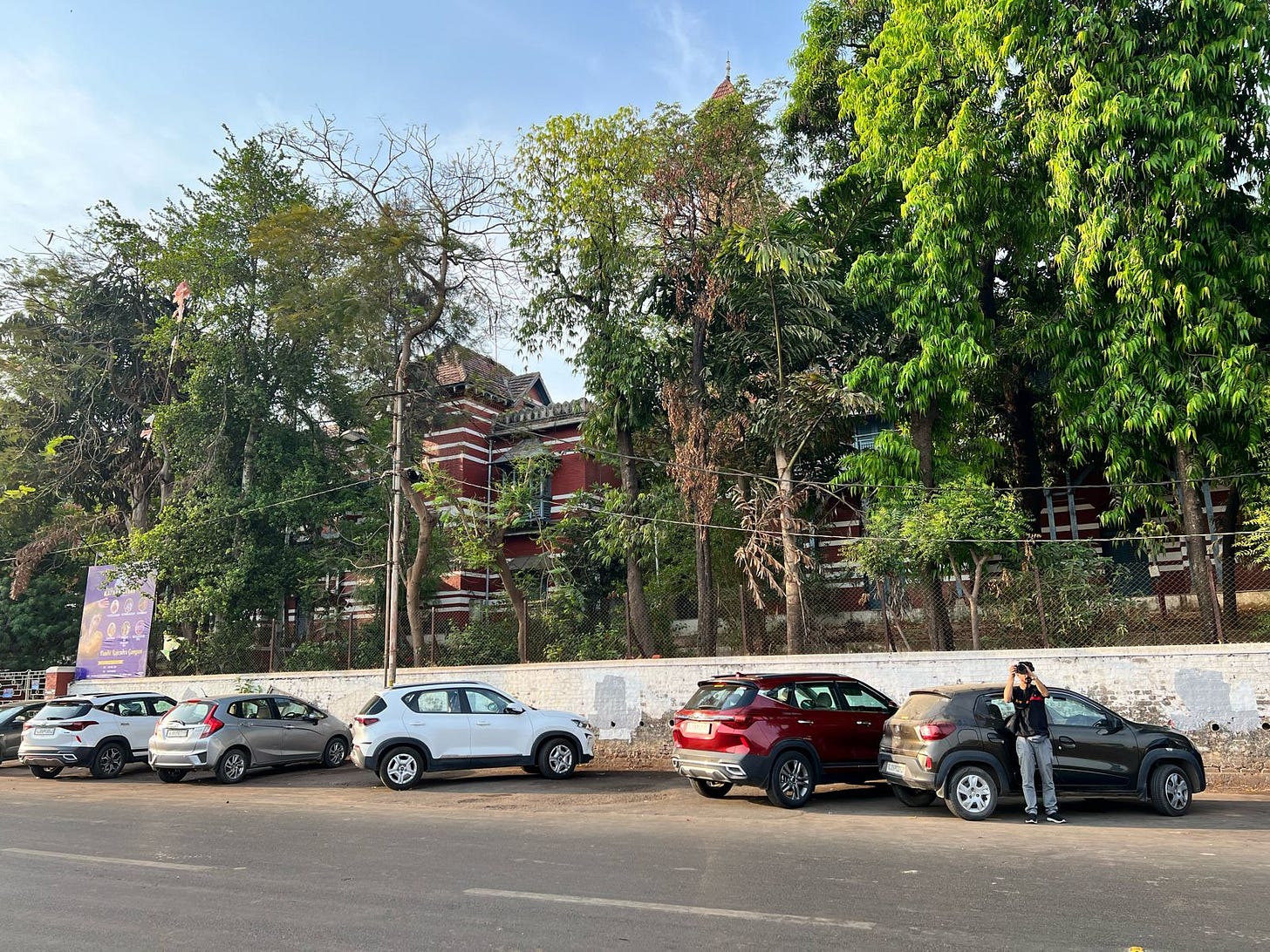
So the question still remains is Baroda boy or girl?Sounds like a boy name.Nice information about various skill acquiring facilities for young girls to become financially independent supported by Sayajirao Gaekwad and Chimnabai and their social services still being supported by the Gaekwad family today.